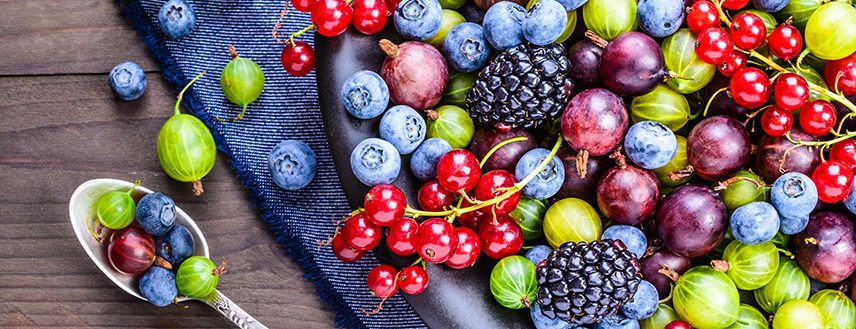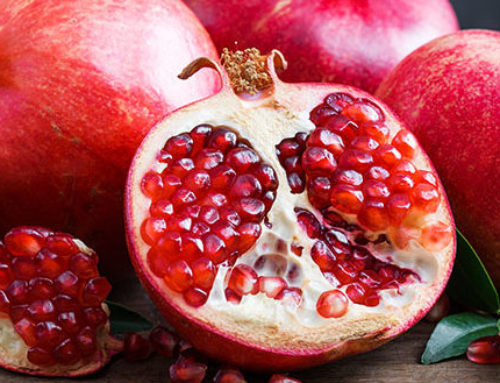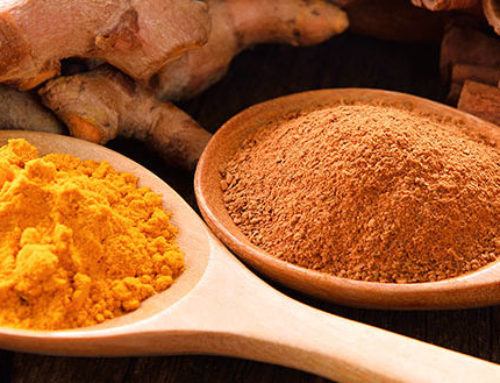
Oxidative stress from free radicals is constantly attacking our bodies. Free radicals have been associated with cancer, atherosclerosis, Alzheimer’s disease, Parkinson’s disease and more. They also may be linked to aging.
So, where do these free radicals come from? Substances that generate free radicals can be found everywhere from the food we eat to the air we breathe. The worst offenders include fried foods, alcohol, tobacco smoke, pesticides and air pollutants.
Free radicals are simply molecules with one or more unpaired electrons. Electrons like to be in pairs, so unpaired electrons can result in unstable and highly reactive molecules. To become stable, the free radical must steal an electron from another molecule (or give one away). When a molecule loses an electron, that molecule has been oxidized and itself becomes a free radical.
Oxidative stress occurs when there are too many free radicals and too much cellular damage. Several studies throughout the last few decades have suggested that oxidative stress plays a role in the development of many conditions, including macular degeneration, cardiovascular disease, certain cancers, emphysema, alcoholism, Alzheimer’s disease, Parkinson’s disease, ulcers and all inflammatory diseases, such as arthritis and lupus.
So, how do you combat the effects of free radicals and oxidative stress? Antioxidants are the answer. Antioxidants are molecules in cells that prevent free radicals from causing damage. They are natural substances whose job is to clean up free radicals. Just like fiber cleans up waste products in the intestines, antioxidants clean up the free radical waste in the cells. Well-known antioxidants include beta-carotene and other carotenoids, lutein, resveratrol, vitamin C, vitamin E, lycopene and other phytonutrients.
Our body produces some antioxidants on its own, but not nearly enough. Oxidative stress occurs when there is an imbalance of free radicals and antioxidants – too many free radicals and too few antioxidants.
Antioxidants can be acquired through diet. Bright colored fruits and vegetables, especially colorful fruits and vegetables, including berries, tomatoes, broccoli and spinach are rich sources of antioxidants.




